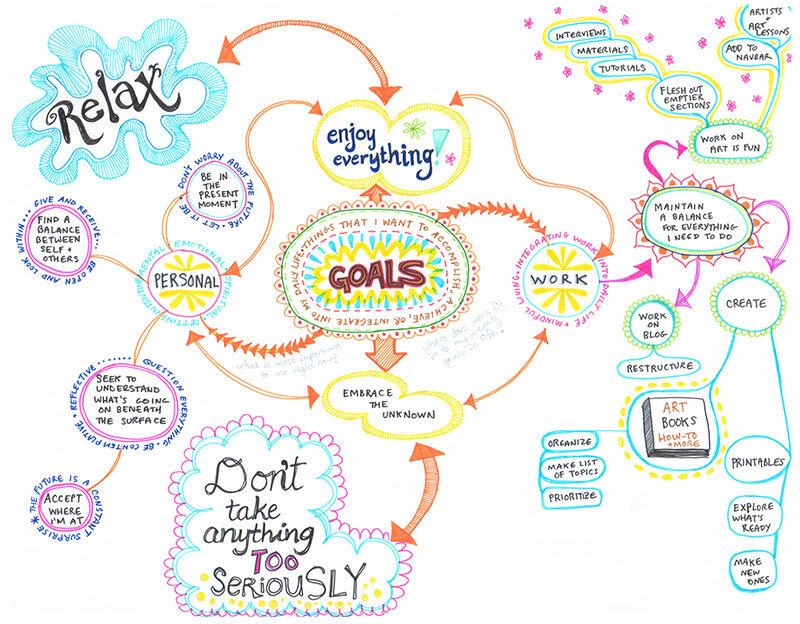Study Tips for High School


Building a foundation of healthy study methods
High school students who learn good study habits early on will reap the rewards in the long term. Study skills prepare you for college by training you to take better notes and perform better on tests. Finding the right balance for studying is critical to a student’s academic success. It’s a good idea to discover your needs with some trial and error. For example, one student may do their best studying in a coffee shop or group, while others need a completely quiet study area. Some like to read notes, while others prefer to listen. It’s all about finding your individual method for success.
There are different ways of studying, and one study technique isn’t necessarily better than the other. The most important thing is finding a study method that is helpful to you and that you can stick with for the long haul. Once you know your learning style, you can begin to develop good study habits around it.
Now that you know how your brain likes to process and retain information, it’s time to make a plan. Bad study habits can be hard to kick, so starting out on the right foot is a good idea. If you’ve already developed bad study habits, don’t fret. Reevaluate your learning style and start fresh with a study plan that will help you succeed.
Create a conducive environment for studying — A quiet study space is ideal for most learning styles to eliminate distractions. The only exception might be auditory learners, who do well in a discussion environment such as group study.
Organize your study materials — A clean and organized space is good for your mental health, which in turn is beneficial for your mindset towards studying. Take the time to get your materials together in a way you can easily find what you’re looking for. Add in helpful extras like headphones, highlighters, post-it notes, or fidget toys.
Set a study schedule — An important foundation for success in your academic career is adhering to a schedule. Your study schedule should fit your lifestyle and personality. It doesn’t matter whether you study in the morning, afternoon, or evening. What matters is finding the study schedule that works for you and consistently sticking to it.
Studying well requires time management skills, a study schedule, and a dedicated studying space. Executing your study plan will help you get in the right headspace and trigger your brain that this is a dedicated time for focus. Here are some of the most effective study methods.
The Pomodoro Technique
The Pomodoro Technique is a way of staying on task without getting burned out. Using this technique in your studying, you may find increased levels of concentration. To use this method, set a timer for 25 minutes (a little more or less time is okay, too). Use 25 minutes to fully focus on a task. When your timer goes off, take a five-minute break. Then, go back and study for another 25 minutes and repeat until you’ve had four focused study sessions, then take a longer break of up to 30 minutes. Here’s an example schedule for The Pomodoro Technique:
Flashcards and Quizzes
Flashcards can be great for the read-and-write learning style. If you’re a visual learner, you might add some pictures to your cards. Using flashcards to quiz yourself is a form of active recall, which tests and improves your memory as you go along. Flashcard quizzes also help focus on areas that need improvement. When you consistently get a certain card wrong, you’ll know to keep going back to it and build your confidence over time. Lastly, using flashcards is a way to tap into your brain’s reasoning to evaluate what you thought the answer was vs. what it actually is. Working through metacognition will further solidify your memory. Here’s an example way of using flashcards to quiz yourself:
Mind Mapping
Mind mapping is another study method that students can try. Mind mapping is a way of visually organizing ideas and information hierarchically and interconnectedly to help you remember them. While there are no hard and fast rules to mind mapping, they often start with an idea or topic and branch out into subtopics. Mind mapping might incorporate diagrams, bubbles, arrows, and the like. No matter what your study technique is with mind mapping, make it work for you.

Source: art-is-fun.com
Self Explanation
The self-explanation study method is a technique where individuals engage with the material they are trying to learn by explaining it to themselves in their own words. Instead of passively reading or listening to information, learners ask themselves questions about the material and then attempt to answer those questions using their understanding of the content. Using this study plan, students gain deeper comprehension and retention because of their active participation. Here are some examples of self-explanation study methods:
One of the things high school students must develop as part of their study skills is the ability to focus. Focus can be a challenge in today’s society. High use of technology has trained our brains and attention spans to divert after a matter of seconds. Good study habits will help support focus and train your brain to have a longer attention span.
Eliminate distractions — Notifications, social media, texts, and calls are too tempting. Eliminate distractions by putting your phone away while you study. It’s a good idea to use headphones to block out noise and study in a room away from a television.
Focus on one subject at a time — Don’t overwhelm your brain by cramming for multiple subjects at the same time. You’ll get more out of your study session when you choose one subject and master it before moving on.
Take breaks regularly — You’ll do your best studying when you’re hydrated and fed and have brain breaks for sunshine, stretching, and relaxing. Set a timer for a reasonable amount of time to focus on studying, then break. If you use the Pomodoro Technique, breaks should occur about every 25 minutes.
You may have begun honing your note-taking skills in middle school. As you advance into high school and college, having a note-taking strategy that works for you is a good idea.
The Cornell Method
The Cornell Method was developed by Walter Pauk, a professor at Cornell University, hence the name. This method promotes active engagement with the material and enhances comprehension and retention. To use the Cornell Method, divide your paper into three sections: a left-hand column, a larger right-hand column, and a bottom section for summary. Take your notes in the right-hand column, using abbreviations whenever possible. After you’re done note-taking, fill in the left-hand column with questions or cues that will prompt your memory about the context. Lastly, summarize the main concept of the notes at the bottom.
The Outline Method
The Outline Method is the most popular method for college students, so it is a good idea for high school students to know it (and try it). It’s particularly well-suited for online learning as it works best when you’re able to work at your own pace. The outline method also works best with a structured course and is suited to self-motivated learners. To use this type of study method, break your notes down into headings and subheadings, filling in the content underneath each. For example, if you’re taking notes on how to make a buttermilk biscuit, you might start with a heading like “What is a biscuit?” followed by subheadings like “types of biscuits” and “supplies needed for buttermilk biscuits.”
The Mindmap Method
The Mindmap Method can be a creative way of note-taking that helps students engage with the topic. It can be particularly useful for students who like to doodle or who are visual learners. To use this method, start with one idea or concept as the center and create branches or offshoots of the topic with arrows, bubbles, or other diagrams. Note-taking with the mindmap method can be more like art, adding in notes and visuals however you see fit. This method aids in understanding and memorizing a topic. One example of how to use this method might be writing “Methods of Coloring” in the center, then drawing arrows pointing to tools like “colored pencils,” “crayons,” and “markers.” Under or around each coloring tool, students might add brand names, pros and cons, or when they’re best used in bullets, bubbles, or charts.
The Boxing Method
The Boxing Method of note-taking is exactly what it sounds like. Using this method, students organize ideas and main points into boxes to separate them from the next concept. This method provides organizational structure and makes it easier for the eye to look back at notes without confusing points. Think of the boxing method as a daily planner. Your calendar boxes off individual days so you can organize your plans and there are usually larger spaces to elaborate on information for each day. Boxing or separating days helps to keep you from mixing up dates or information, just like the note-taking method. It may be a good idea to section your paper into boxes before the reading or lecture. Some students, however, may prefer to box in concepts as they write. The main idea of this note-taking method is to make a clear distinction between topics.

Source: productivenotes.com
When you’re weighed down with the pressure of upcoming tests, it’s important to take care of your mental health. Don’t let exams stress you out. Instead, be proactive about managing nerves and anxiety.
There are many ways to lay the foundation for good study methods as a high school student. Whether you attend a traditional brick-and-mortar school, online school, or homeschool, forming good habits now will help prepare you for college. As you learn, never shy away from asking for help. If you need any guidance, advice or support in your online high school classes, reach out to your Apex Learning Virtual School (ALVS) teachers. You can also browse the ALVS course catalog to find available courses to enroll in at any time.
What is the best study method for high school students?
The best study method for high school students is the one they’ll consistently use. Students differ in their learning styles and note-taking methods. It’s important to find what works best for the individual person.
How many hours should I study in high school?
There’s no prescriptive number of hours to study to guarantee success. The most important thing a high school student should focus on is developing good note-taking and study skills. Time management and consistency are important factors here.
Why is it important for high school students to adopt good study habits?
High school students who learn good study habits make strides toward the success of their academic careers. A foundation of good study habits in high school will help students transition into college.
Ready to set your high school student up for success with good study habits?
ALVS students have access to our supportive and experienced teachers who are available to provide study guidance and support whenever needed. Explore our comprehensive middle and high school course catalog and enroll today!